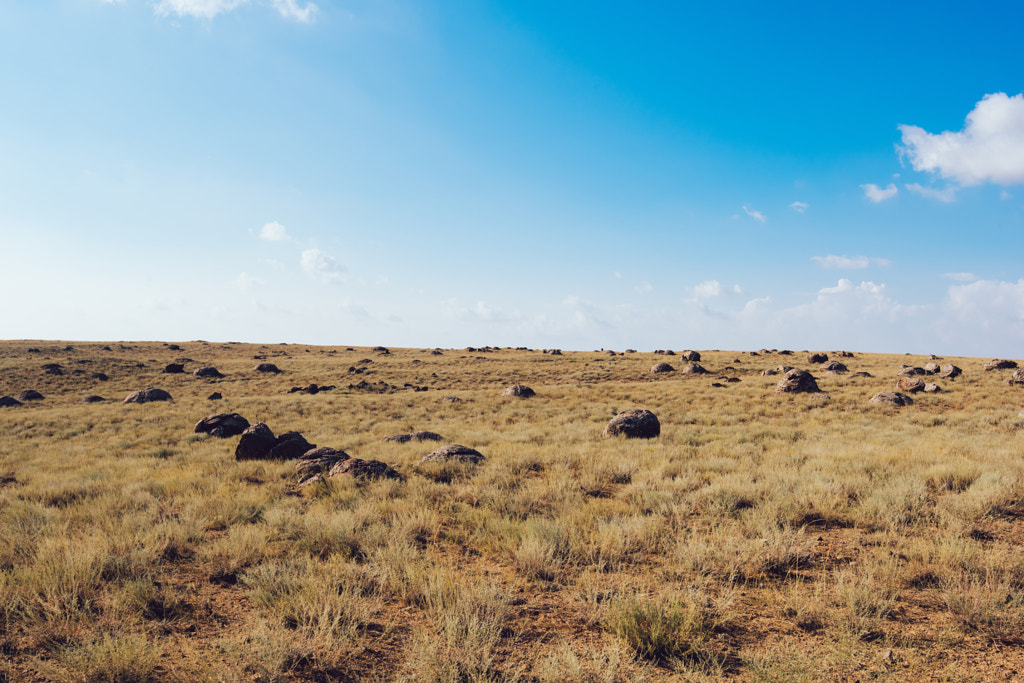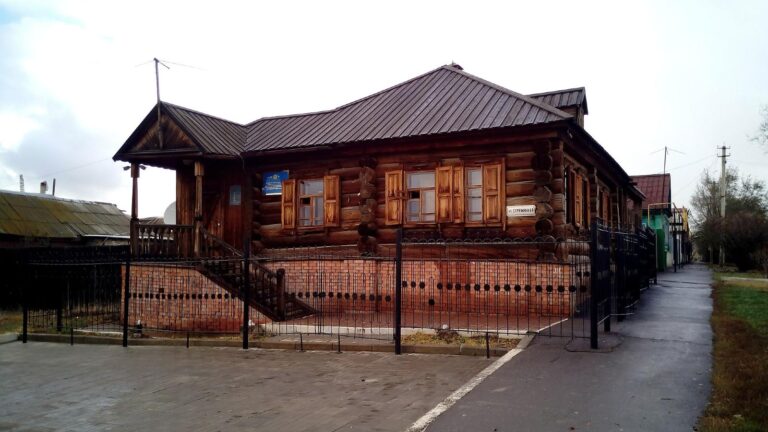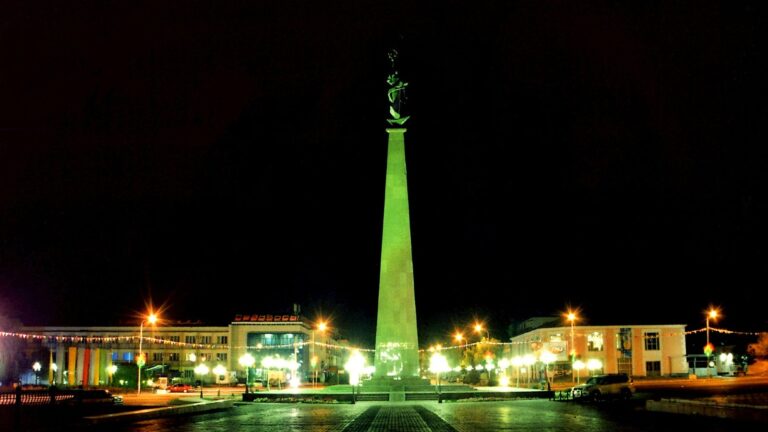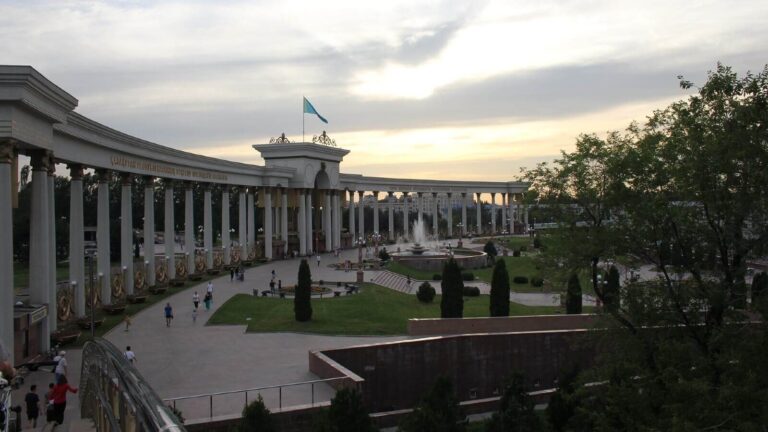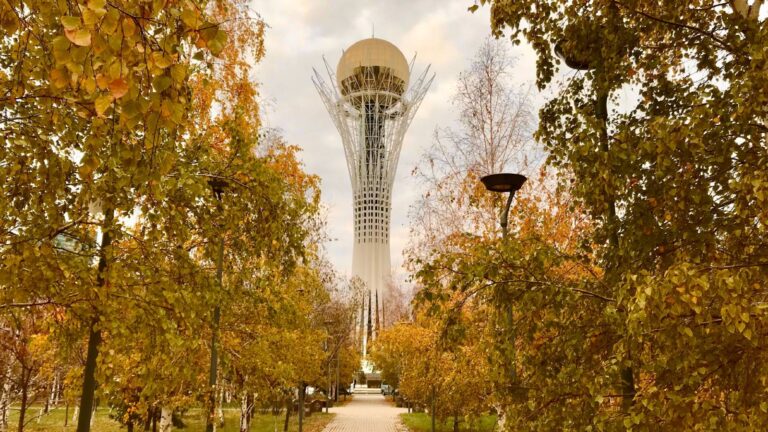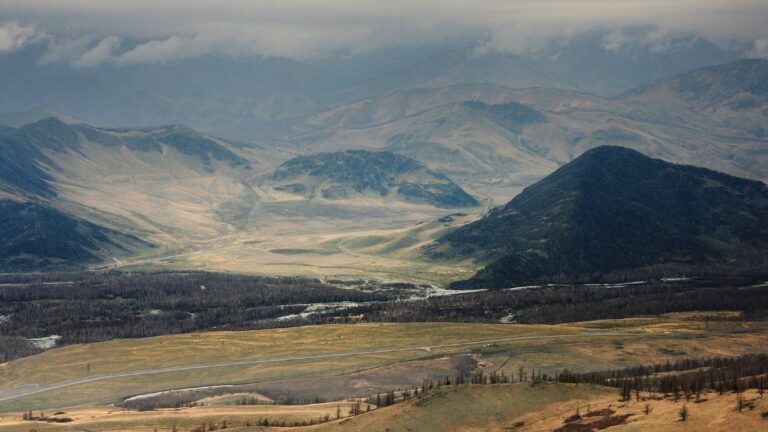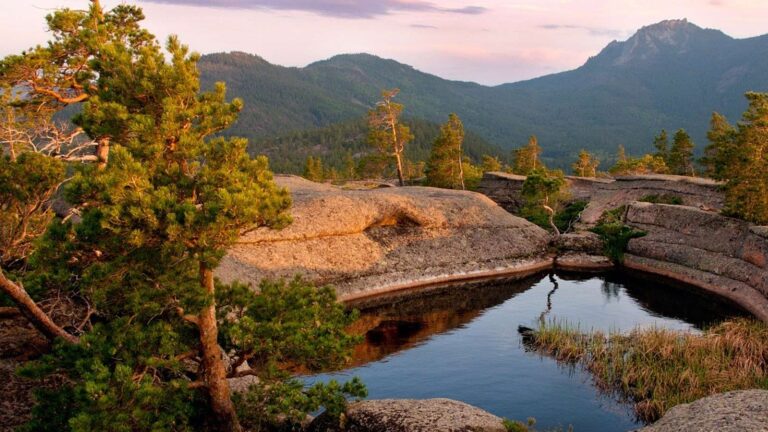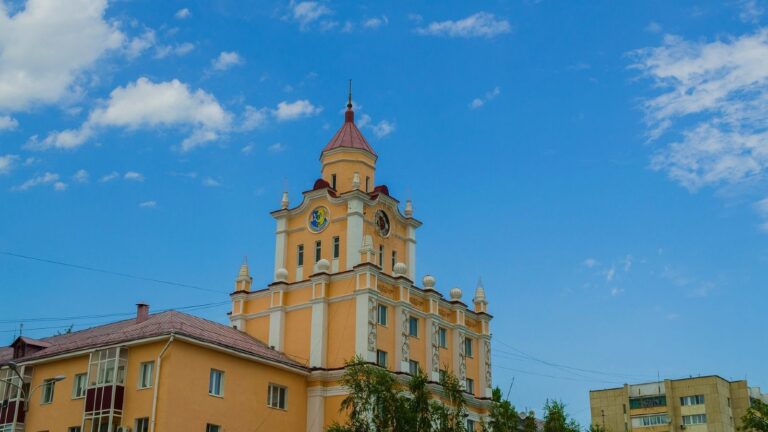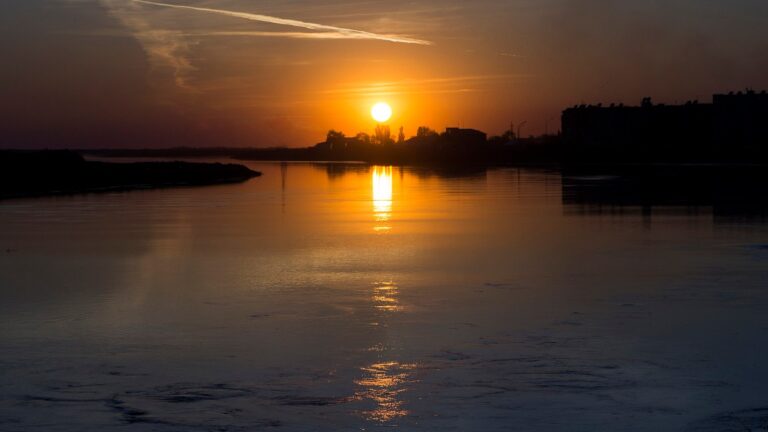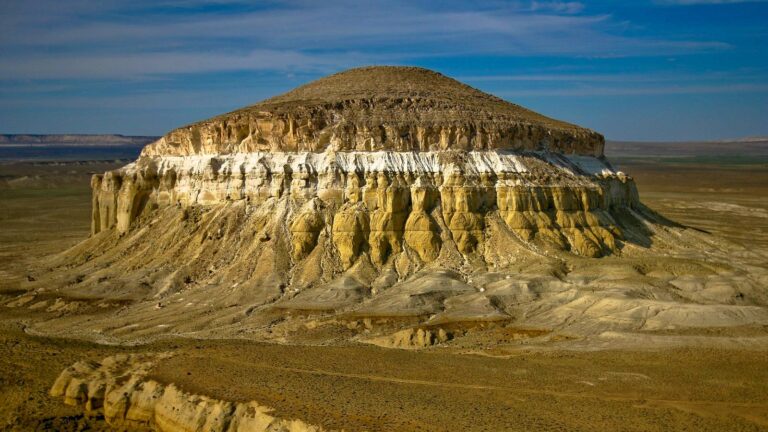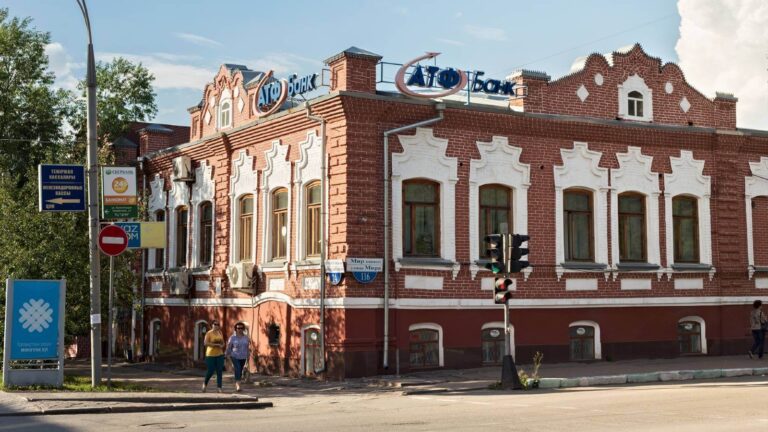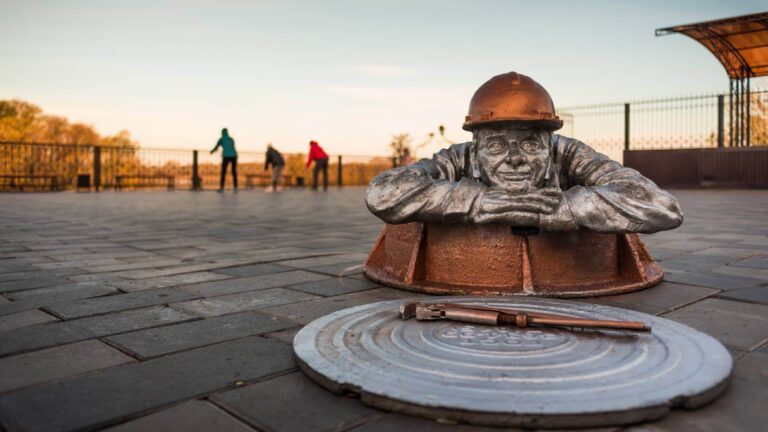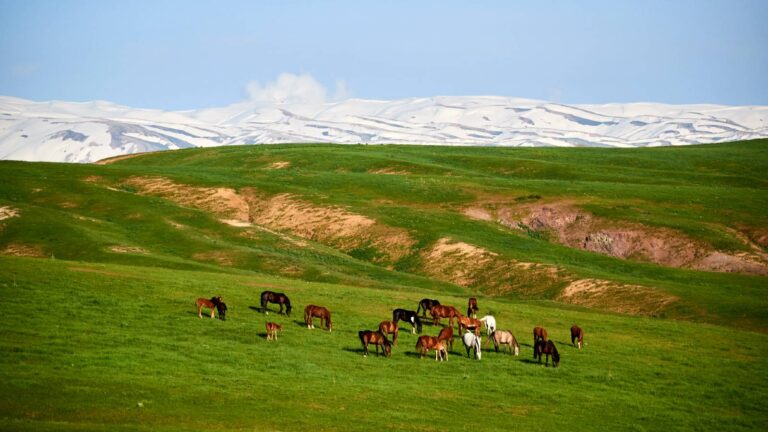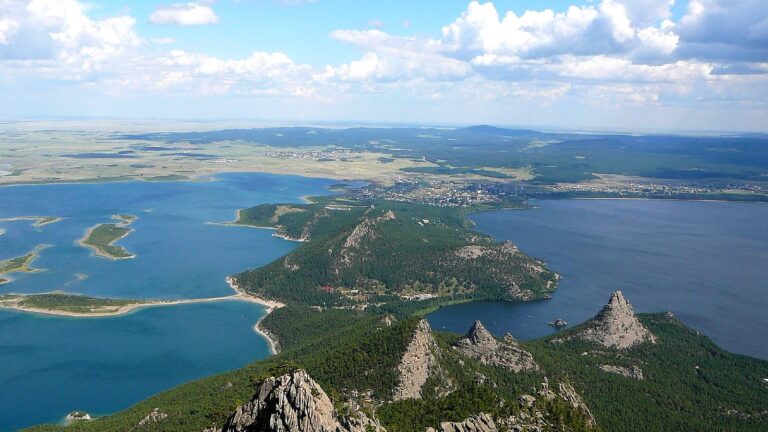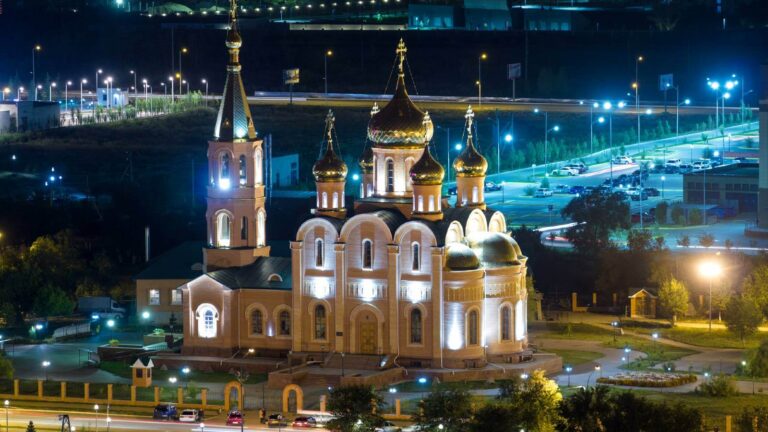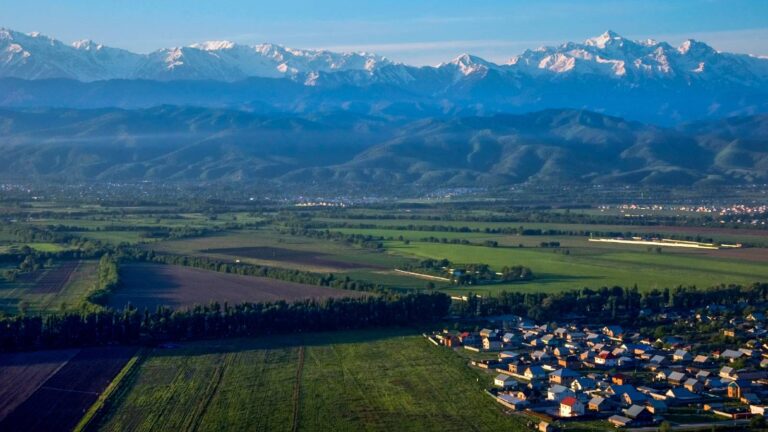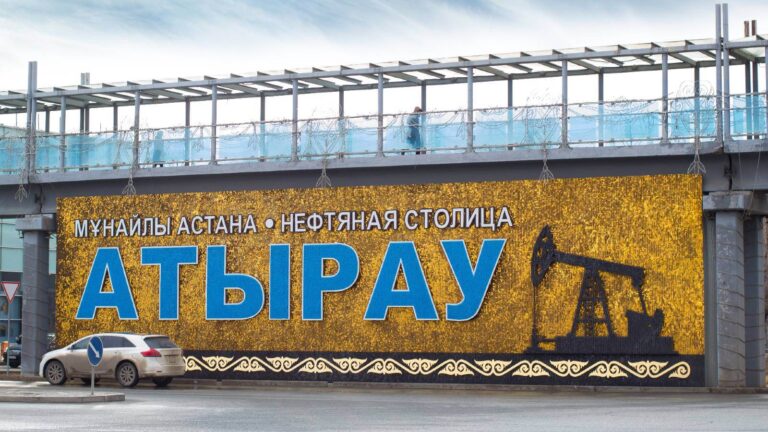By Air: The airport was built in 1935. In April 2022, the new terminal of Uralsk International Airport was solemnly opened after reconstruction. The air harbor was named after Manshuk Mametova.
Direct flights to Uralsk fly from 6 cities, popular cities from which direct flights are carried out there and back: Almaty, Aktau, Moscow, Nursultan (Astana), Atyrau.
By Train: There is one railway station in Uralsk. The Uralsk station schedule currently includes 15 long-distance trains, electric trains and commuter trains. From Oral you can get to Chingirlau, Almaty, Mangyshlak station, Astana, Aktobe, Saratov and other cities in Kazakhstan and Russia without changing trains. The train schedule depends on the date and season.
We would recommend to start your trip in West Kazakhstan Province from its administrative center – Oral (also spelled as Uralsk), founded in 1584. Frequent economic and cultural interactions with Russia in the past left their mark on the city, leaving behind a huge number of architectural monuments of the time, museums and other historically significant places. The impressions from the trip to the western part of Kazakhstan will be created by a touch of history, mysticism and fascination with wild nature.
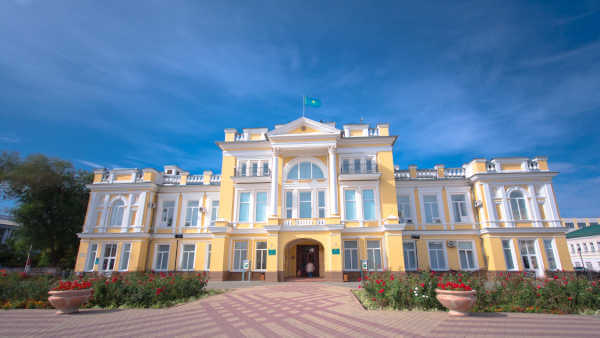
Oral is one of the oldest cities of Kazakhstan, a trade hub along the Ural river. It’s a cute town with a surprising amount of history connected to the Cossacks and the rise of the Russian empire. It’s well worth a visit should you be passing by.
Sights of West Kazakhstan Province:
- Bukey Horde Historical Museum is one of the most visited museums in Western Kazakhstan, organized right at the site, where one of the last Kazakh khans – Jangir Khan had his residence in XIX century. Almost all the buildings erected two centuries ago have been restored and now they tell the story of one of the most progressive rulers in Kazakh steppes and the time he lived.
- Also, you might consider visiting the Museum of History and Ethnology, the Zhangir Khan Museum, the estate of Yemelyan Pugachev – a leader of a popular insurrection during the reign of Catherine the Great, as well as many other cultural centers in the city of Uralsk.
- Some of the nature attractions of the province include Akkum Desert, which is believed to have been preserved since the ice age; Sarkyrama Waterfall, which is known as the smallest waterfall in Kazakhstan, etc.
In the late 16th century, the Russian Empire expanded eastward, and the Ural river became an important frontier region. The Cossacks, renowned for their skills as horsemen and warriors, played a significant role in the colonisation and defence of these territories.
During the 18th and 19th centuries, the Cossacks of Uralsk actively participated in Russia’s campaigns and expeditions, both within the country and beyond its borders. They played a key role in Russia’s expansion into Central Asia, contributing to the empire’s influence in the region.
Despite losing the battle for their independence to the centralising tendencies of the Russian and Soviet governments, the Cossacks of Uralsk maintained their unique cultural identity and traditions, blending Russian and Kazakh influences. They formed tight-knit communities and upheld their distinctive military and social structures.
Today, Uralsk stands as a testament to its historical significance as a Cossack stronghold and frontier town. The city embraces its multicultural heritage, with reminders of the Cossack legacy visible in local traditions, festivals, and architecture.
Uralsk city has always attracted creative personalities. Here in October 1833 lived A. S. Pushkin, who collected materials on the history of the Pugachev uprising. The town in the Urals was visited by V. I. Dal, V. A. Zhukovsky, L. N. Tolstoy, V. G. Korolenko, M. A. Sholokhov.
The Urals region is the birthplace of great composers: Kurmangazy, Dauletkerey, Mukhit, Dina, outstanding artists Hadisha Bukeeva, Roza Jamanova, Garifulla Kurmangaliyev, poets and writers Hamza Yesenzhanov, Tair Zharokov, Kadyr Myrzaliyev, Sagingali Seitov, Zhuban Moldagaliyev and many other outstanding personalities.
West Kazakhstan celebrates a range of cultural and traditional festivals throughout the year. The Nauryz festival, marking the arrival of spring, is widely celebrated with music, dancing, and traditional games. The Kurban Ait and Eid al-Fitr are important religious festivals celebrated by the Muslim community. Other festivities include Sabantuy, a Tatar holiday featuring sports competitions and folk performances.
West Kazakhstan is characterised by vast steppe plains, interspersed with low hills and plateaus. The Ural river forms a natural border between Kazakhstan and Russia, running through the region to its final destination, the Caspian Sea.
West Kazakhstan experiences a continental climate with distinct seasons. Summers are generally hot and dry, with temperatures ranging from 25°C to 35°C (77°F to 95°F). Winters are cold and snowy, with temperatures often dropping below freezing, ranging from -10°C to -30°C (14°F to -22°F). Spring and autumn are relatively short transitional seasons.
The GRP of the West Kazakhstan region in January-June 2021 amounted to 2,237,609.4 billion tenge (the share of the GRP of the region in the GDP of the Republic of Kazakhstan was 4.2%).
The volume of industrial production in January-October 2021 amounted to 2795.7 billion tenge.
The main industries are mining, oil and gas production, non–metallic mineral products and food products. Also, chemical industry products, furniture, finished metal products, mechanical engineering, rubber and plastic products.
The volume of gross output of products (services) of agriculture, forestry and fisheries in January-October 2021. It amounted to 73314.3 million tenge, which is more by 1% than in January-October 2020.

